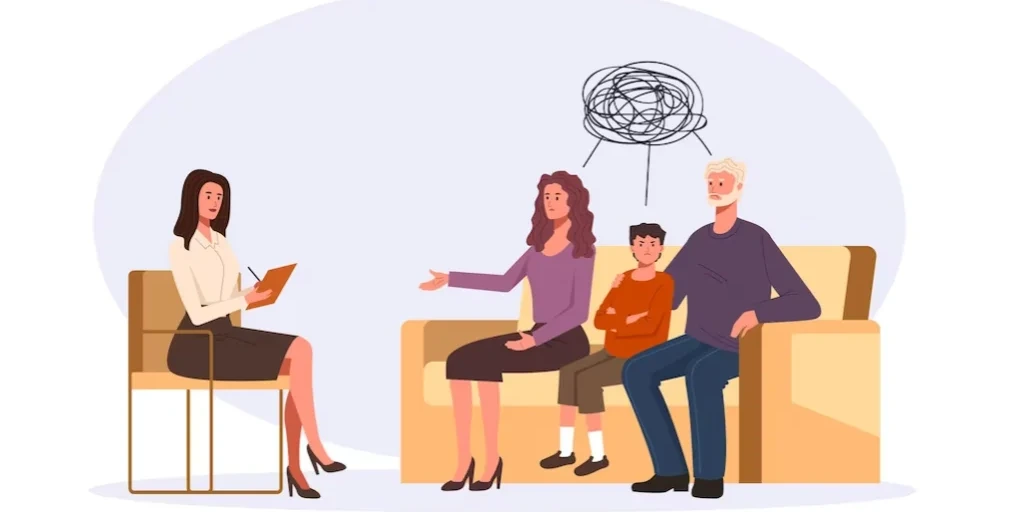24/7 Helpline:
(866) 899-111424/7 Helpline:
(866) 899-1114
Learn more about Xanax Rehab centers in Honolulu
Xanax Rehab in Other Cities
Other Categories in Honolulu

Other Insurance Options

Kaiser Permanente

Excellus

Ceridian

American Behavioral

Holman Group

Aetna

BHS | Behavioral Health Systems

Private insurance

Multiplan

WellCare Health Plans

Premera
Beacon

Oxford

State Farm

GEHA

Optima

Anthem

WellPoint

Choice Care Network

Medical Mutual of Ohio

Helping Hands Hawaii – Outpatient
Helping Hands Hawaii – Outpatient is a private rehab located in Honolulu, Hawaii. Helping Hands Hawa...

Queens Medical Center – Behavioral Health
Queens Medical Center – Behavioral Health is a private rehab located in Honolulu, Hawaii. Queens Med...

CARE Hawaii
Honolulu’s CARE Hawaii is a drug and alcohol treatment center that supports adults with substance us...

Action with Aloha on Vineyard
Action with Aloha on Vineyard is a private rehab located in Honolulu, Hawaii. Action with Aloha on V...

The Salvation Army – Adult Rehabilitation Center
The Salvation Army - Adult Rehabilitation Center provides men with substance abuse problems with the...

Hina Mauka Teen Care – Aliamanu Middle School
Hina Mauka Teen Care - Aliamanu Middle School provides quality substance abuse services to adolescen...

Mental Health Kokua
Mental Health Kokua is a private rehab located in Honolulu, Hawaii. Mental Health Kokua specializes ...

VA Pacific Islands Health Care System – Spark M. Matsunaga VAMC
Spark M. Matsunaga VA Medical Center, part of VA Pacific Islands Health Care System, provides outpat...

Aloha Psychological Services
Aloha Psychological Services is a private rehab located in Honolulu, Hawaii. Aloha Psychological Ser...

Kalihi Palama Community Mental Health Center
Kalihi Palama Community Mental Health Center is a public rehab located in Honolulu, Hawaii. Kalihi P...

Alcoholic Rehab Services of Hawaii
Alcoholic Rehab Services of Hawaii is a private rehab located in Honolulu, Hawaii. Alcoholic Rehab S...

Teen Challenge – Oahu Christian Life School
Teen Challenge - Oahu Christian Life School is a non-profit rehab located in Keaau, HI. Teen Challen...

Ku Aloha Ola Mau
Kū Aloha Ola Mau’s unique mission, born of compassion and science, utilizes the individual’s strengt...

Hina Mauka / Teen Care Kalani High School
Hina Mauka Teen Care - Kalani High School provides quality substance abuse services to adolescents. ...





The Salvation Army
The Salvation Army provides treatment and rehabilitation to help those suffering from substance abus...

Sand Island Treatment
The Sand Island Treatment Center (SITC) is an accredited drug and alcohol rehab in Honolulu, HI. SIT...

Substance Abuse Counseling Center
Substance Abuse Counseling Center is a public rehab located in Honolulu, HI. Substance Abuse Counsel...

The Salvation Army – Family Treatment Center
The Salvation Army - Family Treatment Center provides substance abuse treatment specifically designe...

Cocaine Crystals Addiction Services
Cocaine Crystals Addiction Services is a private rehab located in Honolulu, Hawaii. Cocaine Crystals...

Island Integrated Health
Island Integrated Health offers outpatient and intensive outpatient treatment for individuals with a...

Freedom Recovery Services
Freedom Recovery Services is a non-profit rehab located in Honolulu, Hawaii. Freedom Recovery Servic...

Rehabilitation Assessment and Planning Specialists
Rehabilitation Assessment and Planning Specialists is a private rehab located in Honolulu, Hawaii. R...

North Shore Mental Health
North Shore Mental Health is a private rehab located in Honolulu, Hawaii. North Shore Mental Health ...

Hope
Hope Program have a track record of guiding those who are suffering from the disease of addictions a...

Hawaii Alcohol & Drug Safety Action Program – HADSAP
Hawaii Alcohol & Drug Safety Action Program (HADSAP) provides education courses on the role of drug ...

Army Substance Abuse Program – ASAP
Army Substance Abuse Program – ASAP is a private rehab located in Honolulu, Hawaii. Army Substance A...

WorkNet, Restoring Lives, Strenghtening Communities
WorkNet specializes in providing offenders with services in vocational and risk profile assessment, ...

Hina Mauka Teen Care – W. Radford High School
Hina Mauka is a drug and alcohol rehab facility located in Kaneohe, HI. They provide inpatient and o...

Oxford House Kalihi Valley
Oxford House Kalihi Valley is a non-profit house located in Honolulu, HI. Oxford House Catalyst help...








